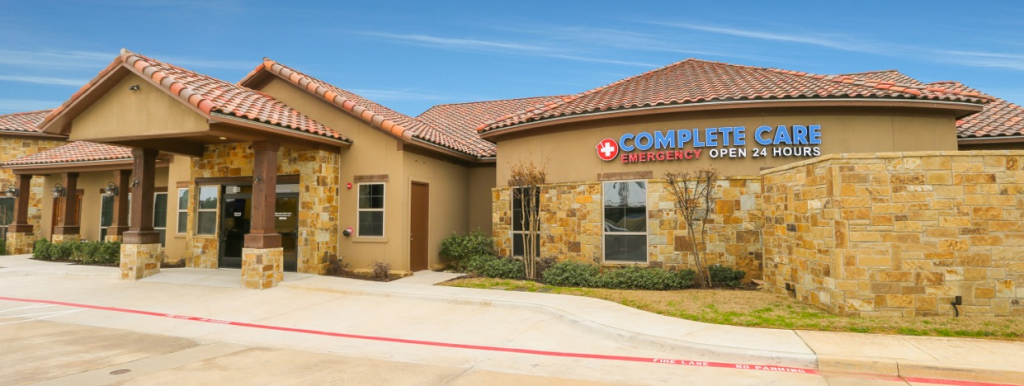
Being able to identify the top warning signs of a heat stroke is a very useful — and potentially life-saving — skill. Heat strokes can happen to anyone, but typically affect the elderly, infants, and athletes, and are more common than most people realize. In fact, heat strokes are considered one of the top 10 sports injuries.
To help you better understand heat strokes, let’s discuss what a heat stroke can feel like and how you can tell the difference between a heat stroke and heat exhaustion.
What does a heat stroke feel like?
One of the more confusing elements of a heat stroke is that it can feel a lot like heat exhaustion. Because of this, people may mistake the warning signs of heat stroke for signs of heat exhaustion, and fail emergency heat stroke treatment as a result.
To help you avoid this potentially dangerous situation, here are the most recognizable signs and symptoms of heat strokes.
Signs & symptoms of heat strokes
- A core body temperature of 103 degrees or higher
- Dizziness, confusion, passing out
- Nausea, vomiting
- A fast and strong pulse
- Hot or red skin
- Strong, throbbing headache
Keep in mind: The signs of a heat stroke are different from the signs of an oncoming stroke These are two different medical conditions, both of which should be taken seriously.
Heat stroke vs. heat exhaustion
If you’re experiencing some — but not all — of the signs of a heat stroke, you may be wondering what’s going on. Are you really in the middle of a heat stroke or are you just experiencing heat exhaustion? Here are the main differences between heat stroke and heat exhaustion in terms of symptoms
Symptoms of heat stroke vs. heat exhaustion
| Heat Stroke | Heat Exhaustion | |
| Skin | Red, hot, dry | Pale, cool, clammy |
| Consciousness | Faint, dizzy, chance of loss of consciousness | Faint, dizzy |
| Sweat | No sweat | Excessive sweat |
| Pulse | Rapid, strong | Rapid, weak |
| Body temperature | Over 103°F or higher | No set temperature |
| Other | Nausea, vomiting Strong, throbbing headache | Nausea, vomitingMuscle cramps |
If you’re experiencing heat exhaustion, you need to pay attention to your symptoms and take action immediately. Do what you can to cool off your body. This may include removing excess clothing, hydrating yourself, and taking a cool bath, and moving into the shade or to a cooler location.
Untreated and unaddressed heat exhaustion can lead to heat stroke. If your symptoms persist for an hour or longer, if they get worse, or if you start to throw up, go to the emergency room as soon as possible.
Keep in mind: Since some of their symptoms overlap, heat strokes are also commonly mistaken for heart attacks. Learn more about when to go to the ER for chest pain.
How the ER treats heat strokes
Unlike heat exhaustion or other minor summertime injuries, which can often be treated at home, you should seek out emergency heat stroke treatment immediately. The biggest indicator of a heat stroke is the high core body temperature along with confusion and vomiting. So as soon as you notice any of the warning signs of heat stroke, call 911.
As you await medical treatment for a heat stroke, get to a cool location. If possible, apply cold towels to your body or better yet, if you’re near a shower or hose, get under some cold water.
You may also feel the urge to drink some cold liquids, but it’s important to avoid this urge. Cold water can cause cramping and even make absorption more difficult. Instead, drink room temperature fluids. And keep in mind, “fluids” means water — never sugary or caffeinated beverages.
When you arrive at the emergency room or hospital, you will likely receive IV fluids for dehydration. You may also undergo cold-water immersion therapy in order to get your body back at a good core body temperature.
Visit Complete Care for heat-related illnesses
If you’re experiencing a heat-related illness and/or some of the warning signs of heat stroke and not sure if you should seek out medical attention, it’s better to be safe than sorry.
At Complete Care, our state-of-the-art facilities are equipped to handle emergency conditions, including heat strokes — but without the long wait times of your typical hospital-based ER. Our award-winning staff can assist you with the diagnosis and treatment of your illness and get you back to your life as soon as possible.
To visit a Complete Care location, find the closest of our locations to you or give us a call today.
More Helpful Articles by Complete Care:
